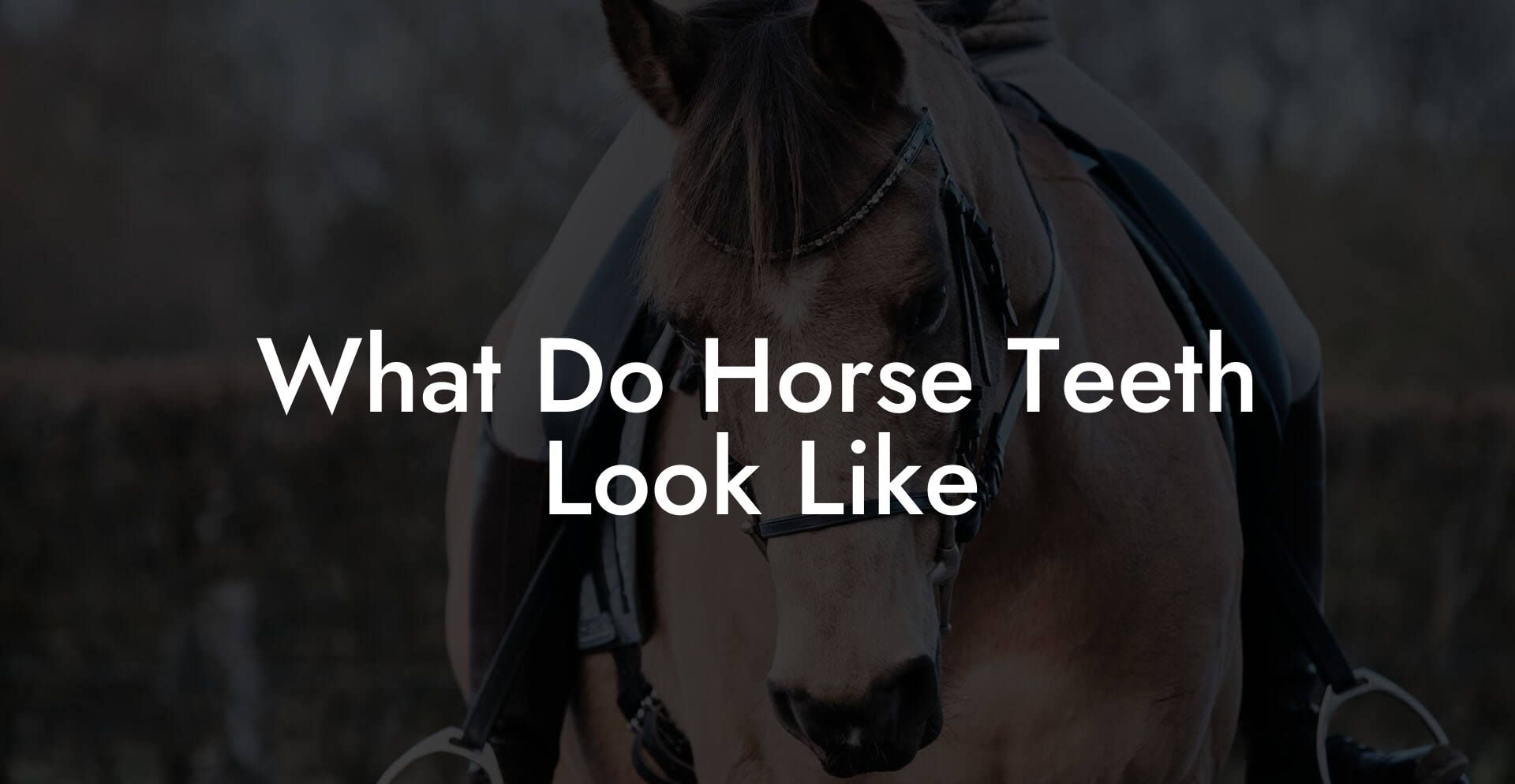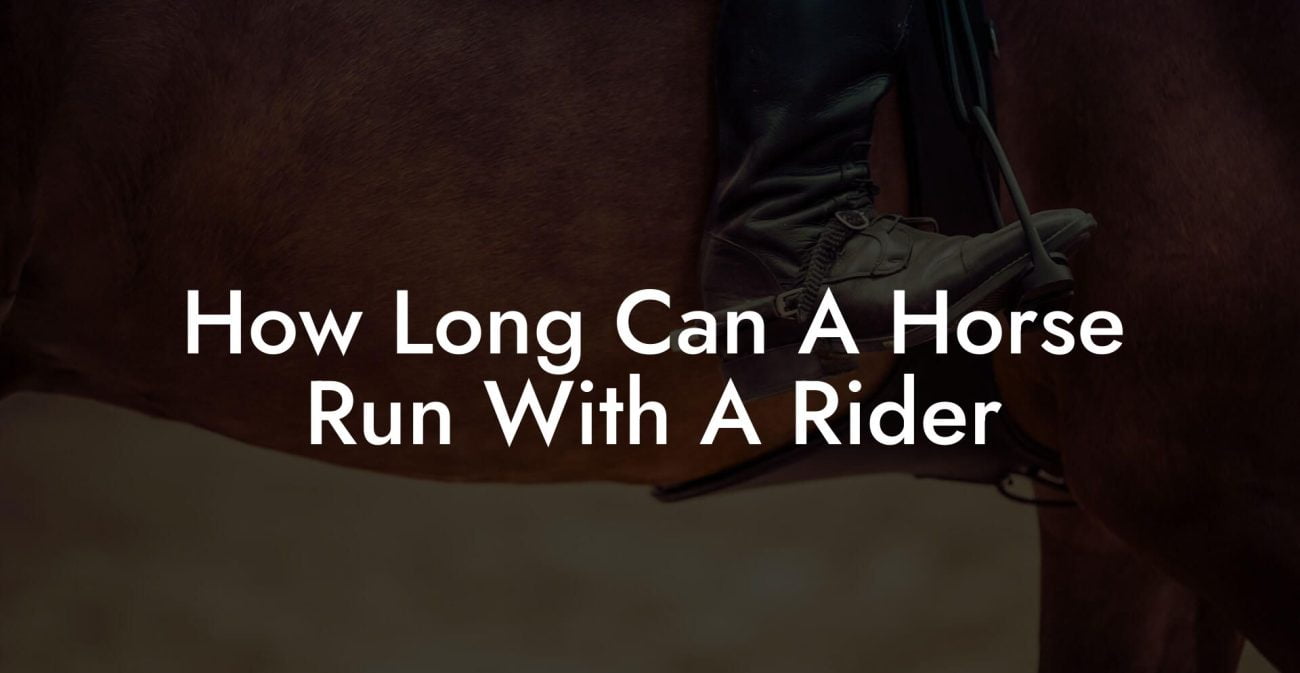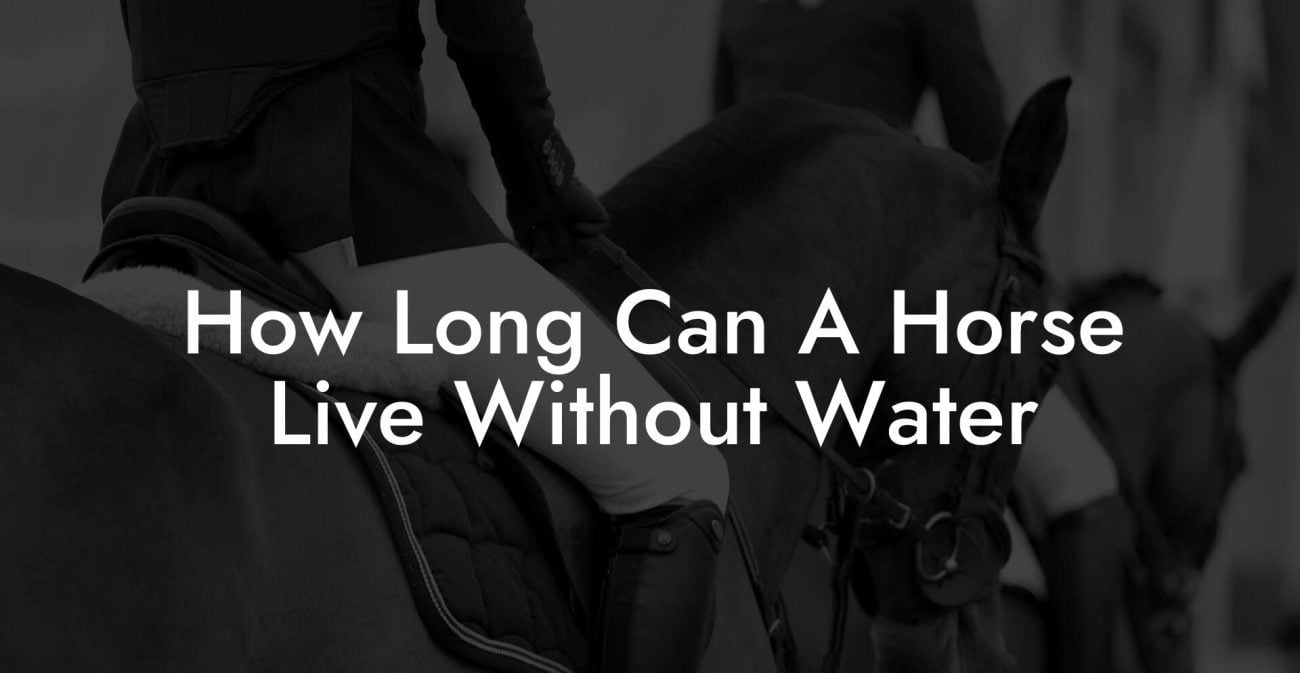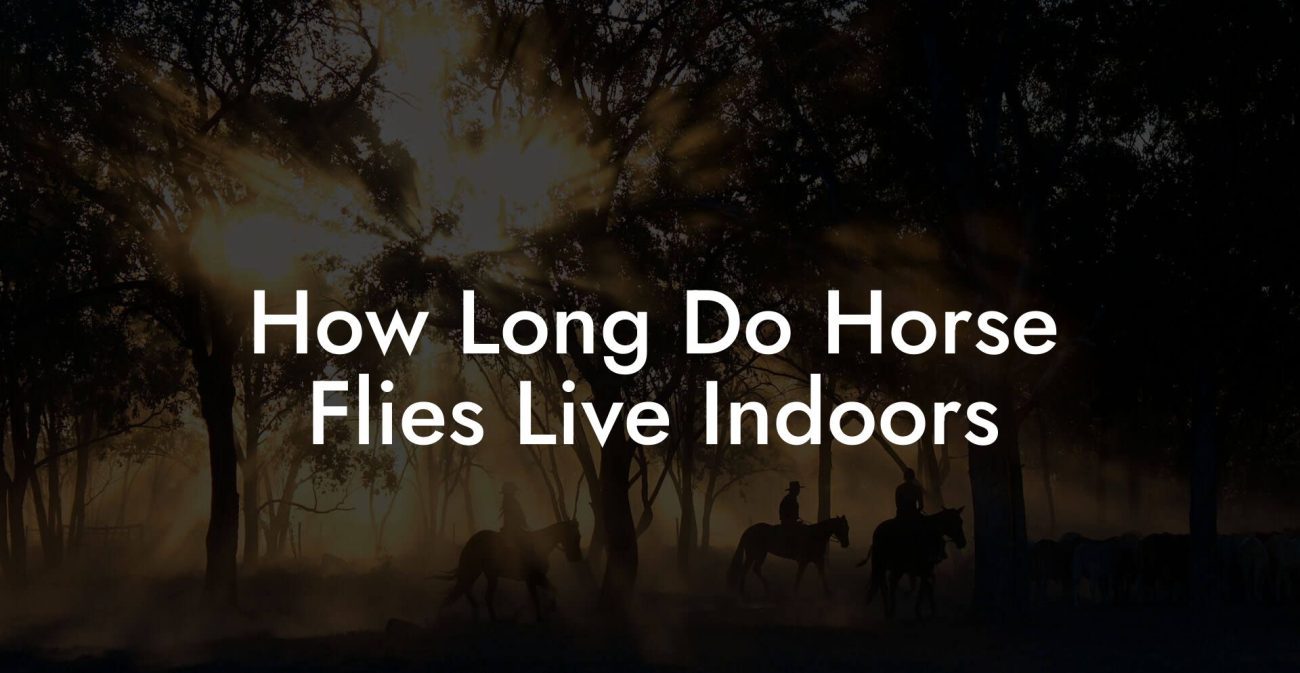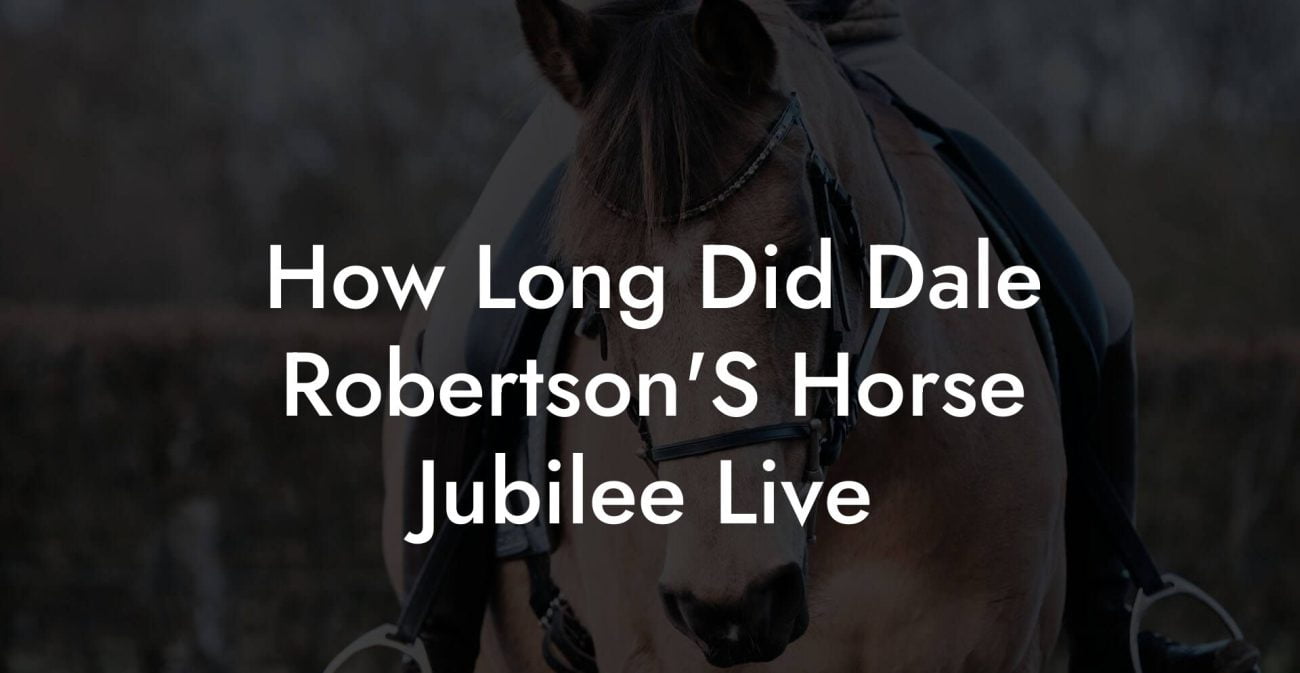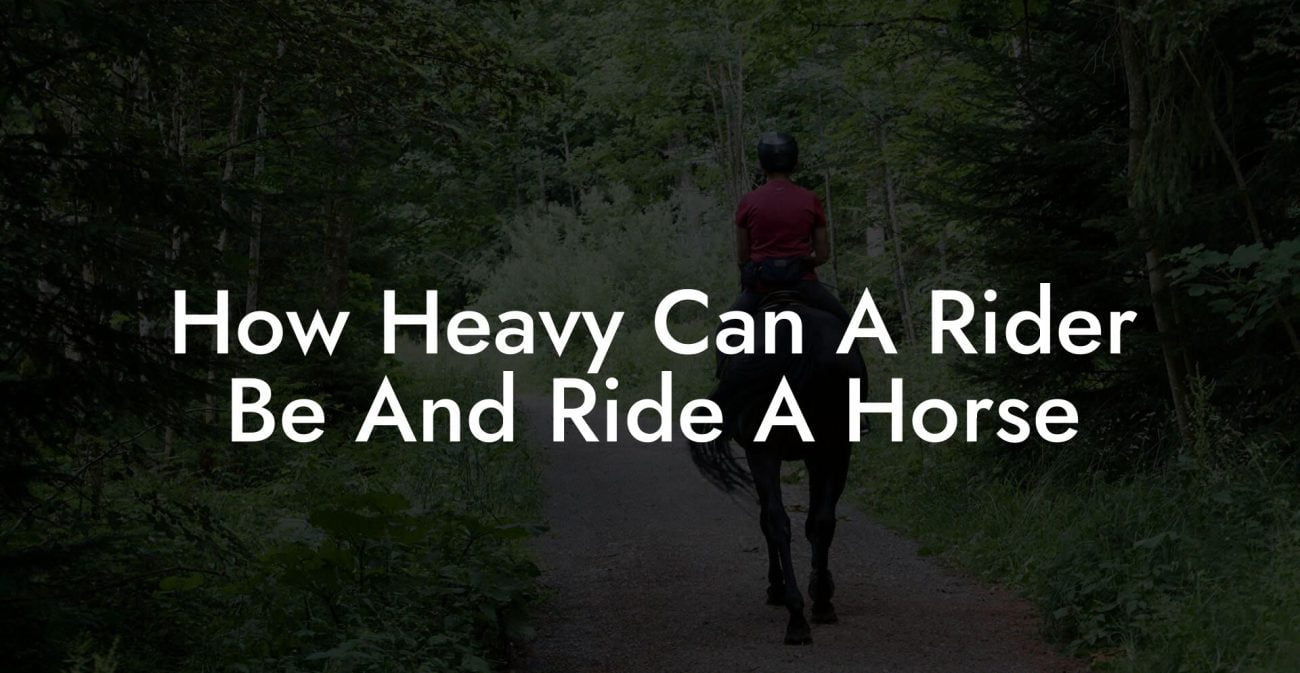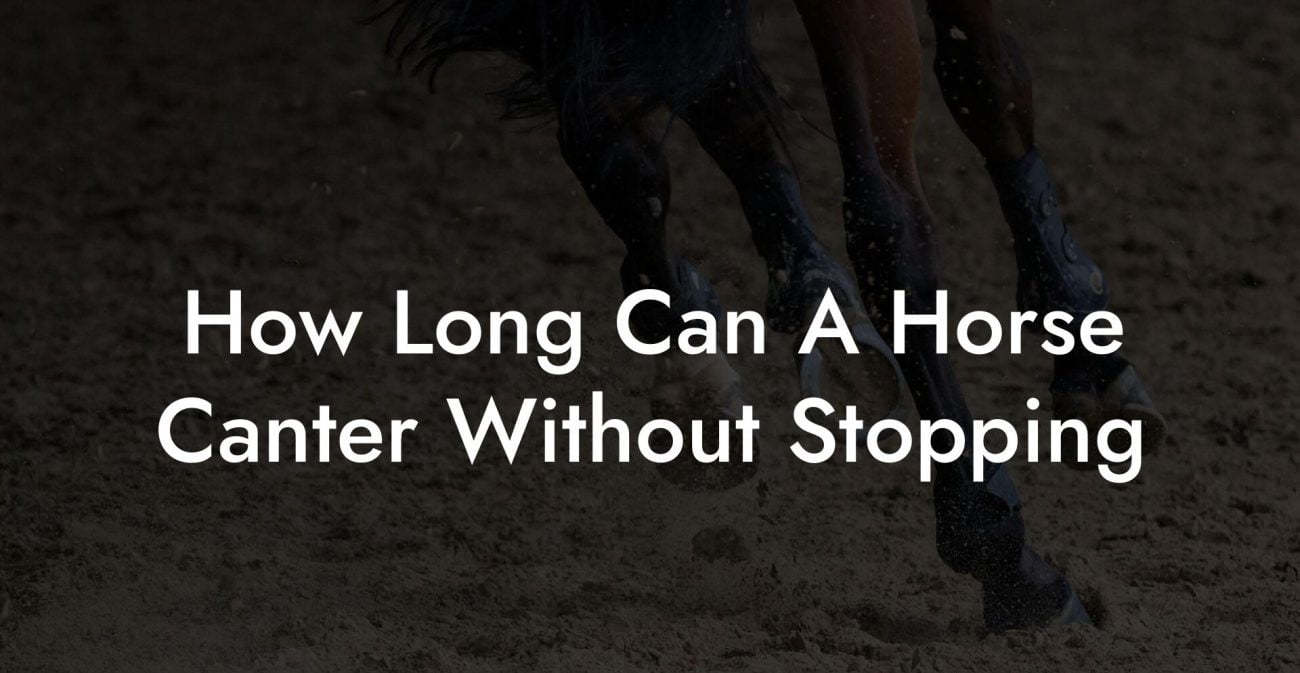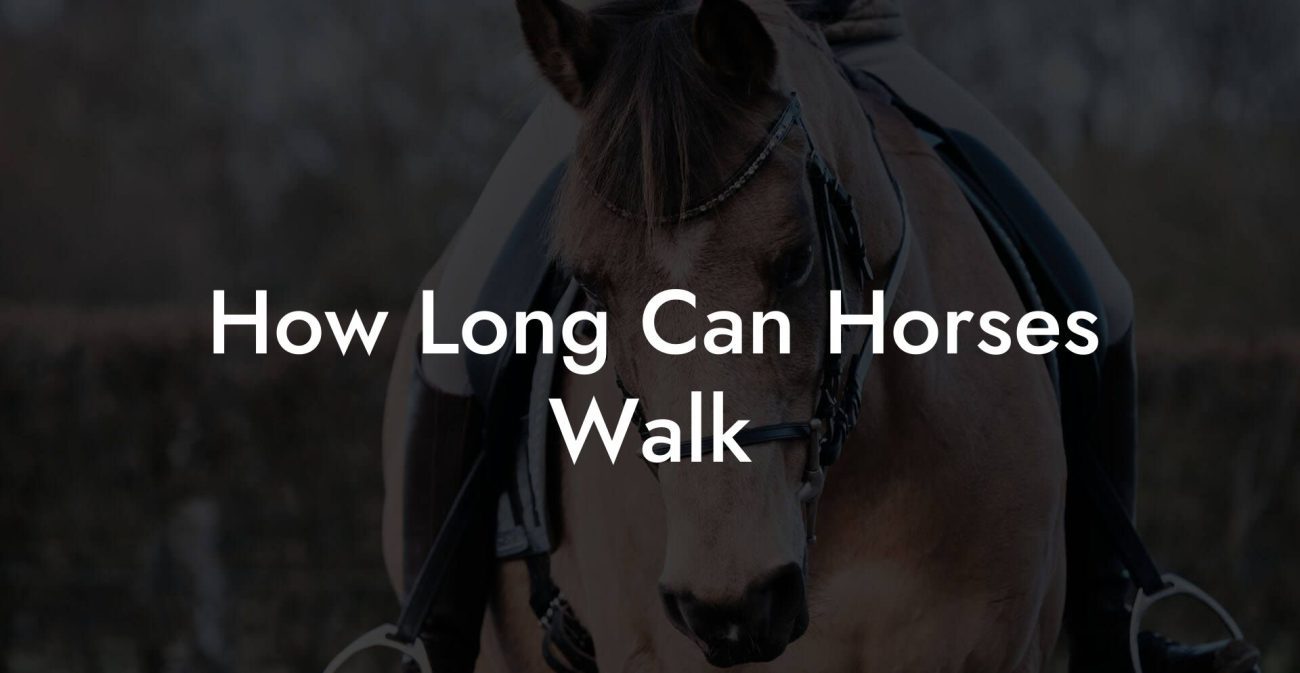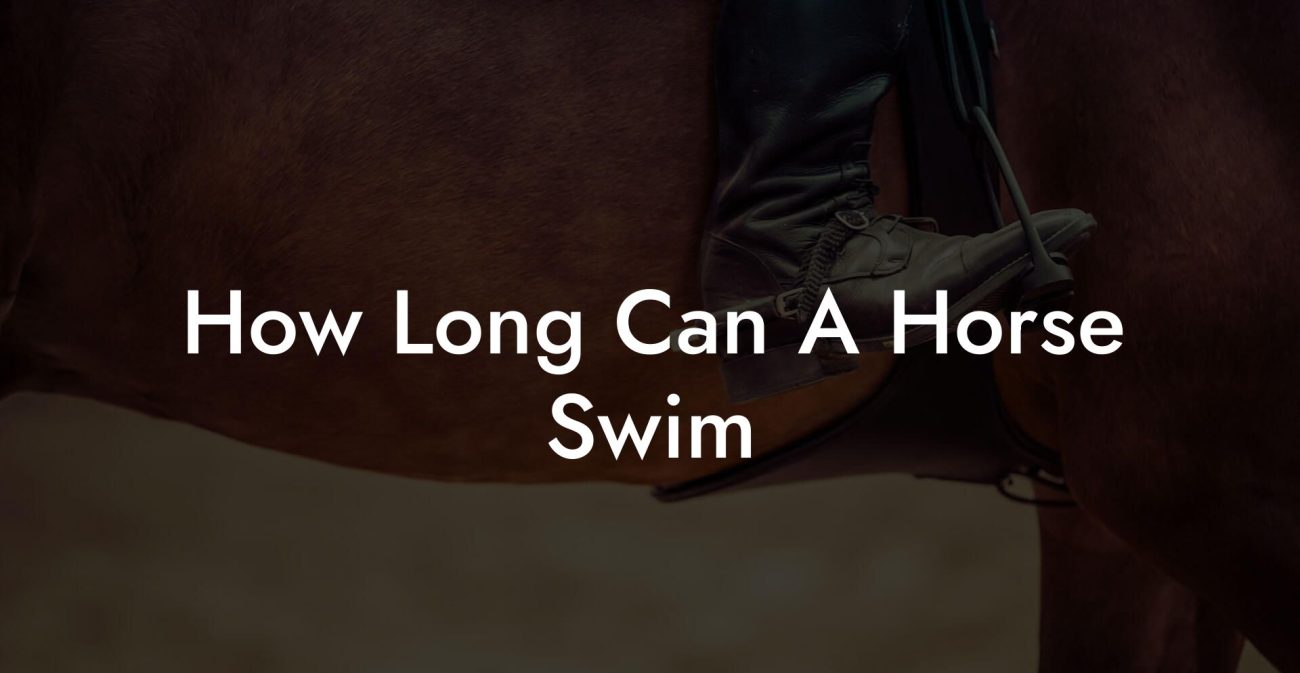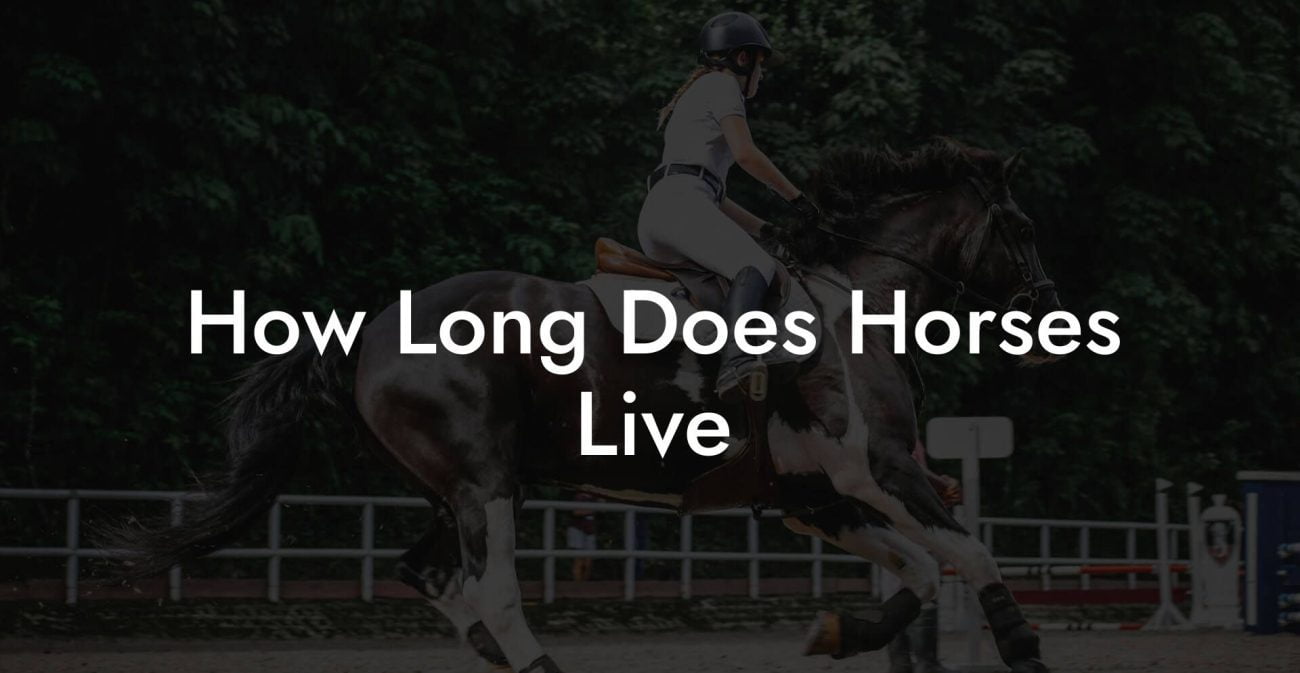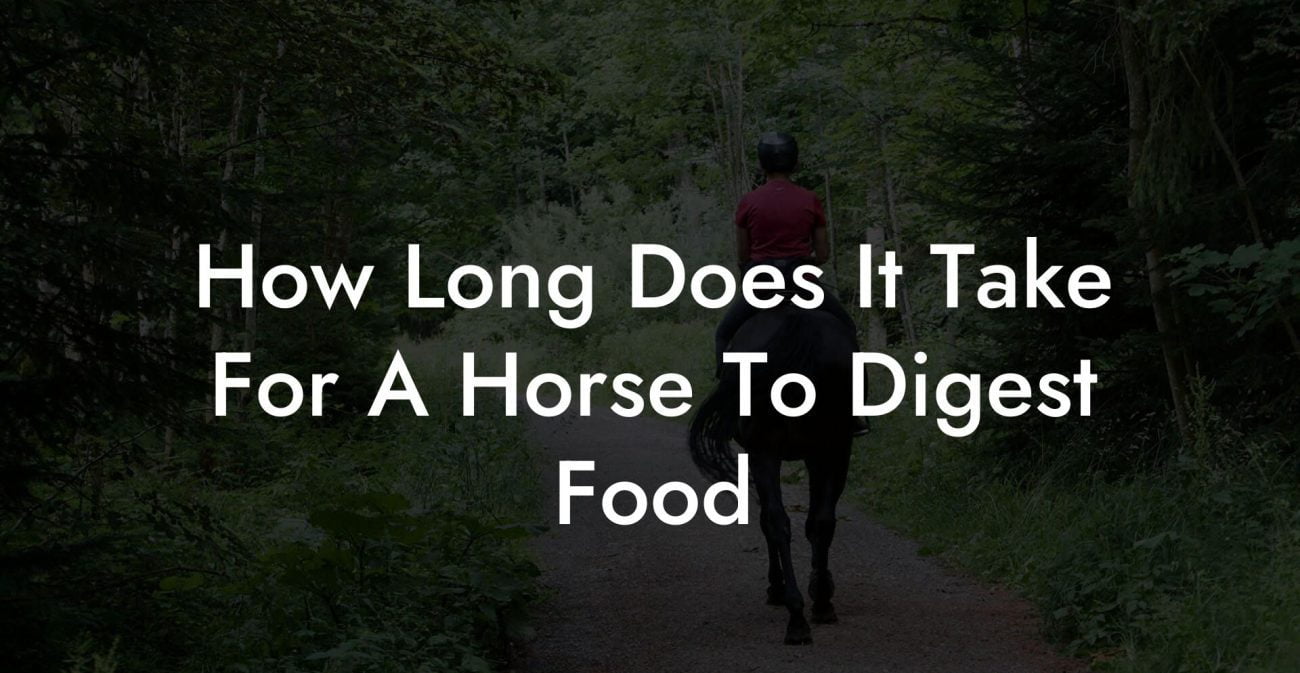Ever taken a peek into a horse’s mouth and wondered, “What do horse teeth actually look like?” Believe it or not, these pearly wonders are a fascinating blend of rugged practicality and natural engineering that play a major role in your equine buddy’s overall health. Whether you’re a new horse parent or a seasoned equestrian, diving into the nitty-gritty of equine dental care can be as riveting as scrolling through your favorite meme feed, only with a healthy dose of practical care tips tossed in.
Quick Links to Useful Sections
- Understanding the Basics: Horse Teeth 101
- Anatomy of a Horse’s Smile: Breaking Down the Components
- Incisors: The Frontline Chewers
- Canines: The Mysterious Outliers
- Premolars and Molars: The Grinding Warriors
- The Fascinating Journey of a Horse’s Teeth Through Life
- Recognizing a Healthy Equine Bite: What to Look For
- Common Equine Dental Issues and How to Spot Them
- DIY Dental Check-Up: How to Perform a Basic Equine Mouth Inspection
- Step 1: Gather Your Supplies
- Step 2: Secure Your Horse
- Step 3: Gently Open the Mouth
- Step 4: Inspect the Teeth
- Step 5: Note Any Irregularities
- When to Call in the Pros: The Role of Equine Dentistry
- Myths, Misshapes, and Must-Know Facts About Horse Teeth
- The Art of Equine Dental Care: Tips & Tricks for a Healthy Smile
- Resources and Community Support: Your Next Steps
- FAQ: Everything You Need to Know About Horse Teeth
- Your Path to a Brighter Equine Smile
Understanding the Basics: Horse Teeth 101
Horse teeth aren’t just random chunks of enamel meant to chew hay; they’re complex structures that evolve over a horse’s lifetime. Just as we swap out baby teeth for permanent ones (and then debate if wisdom teeth are worth the pain), horses go through their own dental journey. In equine dentistry, understanding these changes is crucial. From incisors at the front to the grinding power of molars at the back, every tooth plays a unique role. And trust us, knowing what to look for will save you from some pretty embarrassing “oops, I forgot to check your chompers” moments during grooming sessions.
Integrating keywords like “equine dentistry,” “horse dental care,” and “healthy equine bite” not only sharpens your SEO game but also ensures you’re speaking the same language as the community of horse lovers and veterinary enthusiasts online.
Anatomy of a Horse’s Smile: Breaking Down the Components
Let’s dissect the horse’s mouth like it’s the ultimate DIY project. A thorough understanding of equine dental anatomy not only demystifies what you see every time you peer into your horse’s mouth but also empowers you to catch early signs of dental issues.
Incisors: The Frontline Chewers
The incisors are the front teeth that open up the playing field for all the necessary chewing. Positioned in a neat row, they’re designed to cut through grass and other forages with precision. These teeth are typically large, broad, and look a bit like the teeth in your favorite selfie filter, clean, white, and aligned to perfection (at least, when your horse is in top form).
Canines: The Mysterious Outliers
Not every horse sports canine teeth, and their appearance can be as sporadic as finding a secret level in your favorite game. When they do show up, they’re usually more prominent in male horses and often come with a bit of an attitude. These teeth are less about chewing and more about social hierarchy; they’re like the edgy loners at the dental party.
Premolars and Molars: The Grinding Warriors
Behind the incisors lie the premolars and molars, your horse’s personal food processors. These teeth are built for grinding tough plant material into digestible pieces. Their ridged surfaces, often compared to the tread on a well-worn sneaker, increase the surface area for efficient mastication. Over time, these teeth can reveal a lot about your horse’s age and eating habits.
Each section of a horse’s mouth has its purpose, and together they create an efficient system designed for the rigors of grazing and high-performance activities. By paying careful attention to these details, you can glean insights into your horse’s health that extend far beyond a dazzling smile.
The Fascinating Journey of a Horse’s Teeth Through Life
Much like your favorite retro video game that levels up with each stage, a horse’s teeth go through their own epic transformation. This journey begins with the baby teeth, also known as deciduous teeth, that make way for the grand entrance of permanent teeth as the horse matures.
In their early years, foals develop a set of temporary teeth that are eventually replaced around the age of 2.5 to 3 years old. This dental transition is a critical phase in equine dental development. As the permanent teeth settle in, you might notice the classic “overbite” phenomenon, where the lower jaw appears slightly longer than the upper, a trait that’s entirely normal (unless it starts affecting chewing, then it’s time to consult with an equine dentist).
With age, the wear patterns on these teeth become visible markers, a bit like the mileage on your first car. Dentists and experienced horse owners can estimate a horse’s age by observing the degree of wear on the incisors and the development of the molars. So, keeping an eye on these changes isn’t just about flaunting your horsemanship skills at Facebook; it actually plays a vital role in managing your horse’s overall health.
Recognizing a Healthy Equine Bite: What to Look For
A healthy horse’s bite is akin to a perfectly curated playlist, everything should be in tune. When looking at your horse’s teeth, a few hallmarks signal optimal health. First up is the color: healthy teeth are typically a creamy, off-white shade, not too far removed from the Instagram filter “vintage beige.” Any signs of discoloration, cracks, or exposed dentin might warrant a closer look.
Alignment is another key factor. Just as you wouldn’t want a crooked selfie, a well-aligned set of teeth ensures that your horse can chew properly without causing undue stress on its jaw. Symmetry in the incisors, absence of abnormal wear, and a smooth transition between the incisors and the grinding molars are all indicators that your horse’s oral health is on track.
Finally, check for any unusual gaps or signs of retention, areas where food might get trapped. These pockets can lead to dental decay or discomfort, much like leaving your phone charger frayed over time. Regular monitoring and prompt professional check-ups help keep your equine friend’s bite as impeccable as your latest TikTok trend.
Common Equine Dental Issues and How to Spot Them
Even the most dazzling horse smile can suffer from dental drama. Familiarizing yourself with common equine dental issues not only saves you from unexpected vet visits but also ensures that your horse stays in crowning health. Let’s break down some of the usual suspects in equine dentistry:
- Dental Hooks and Points: These occur when the natural wear of the teeth creates sharp, overgrown edges. Think of them as the unwanted pop-up ads on a streaming service, annoying and best avoided.
- Diastema: This is a gap between teeth that can trap food particles, leading to painful infections. It’s like leaving crumbs in your keyboard; over time, they can cause real trouble.
- Excessive Wear: Over-chewing or eating abrasive materials can lead to rapid wear of the teeth. Imagine using your favorite sneakers on a rocky trail every day, eventually, they’re going to show signs of wear and tear.
- Dental Decay: Although less common in horses than in humans, decay can still be an issue, especially if food gets stuck in gaps over prolonged periods.
Keeping an ear to the ground and watching for behavioral cues, like a sudden reluctance to munch on favorite treats or changes in hay consumption, can save you from letting a small problem spiral into a major dental catastrophe.
DIY Dental Check-Up: How to Perform a Basic Equine Mouth Inspection
Before you book that next professional dental appointment for your horse, it’s smart to become familiar with some basic DIY checks. And no, you don’t need to be a dentist to spot potential issues!
Here’s a step-by-step guide to get you started:
Step 1: Gather Your Supplies
All you need is a good flashlight, a clean cloth or gauze, and maybe a large mirror if you want to get a better view. Having treats on hand never hurts, either, to keep your equine buddy cooperative.
Step 2: Secure Your Horse
Safety first: make sure your horse is well-secured, preferably with the help of a friend. You don’t want your four-legged pal deciding to take a sudden dash mid-inspection.
Step 3: Gently Open the Mouth
With a calm, soothing voice, slowly open your horse’s mouth. It might take a few tries if your horse is having a “nope, not today” attitude, so be patient and show some empathy.
Step 4: Inspect the Teeth
Use the flashlight to examine the incisors at the front first, then work your way back toward the premolars and molars. Look for any signs of abnormal wear, discoloration, or gaps where food might be snuggling in.
Step 5: Note Any Irregularities
If you spot anything unusual, be it an unexpected dark spot or an irregular shape, jot it down. This record will be invaluable when you consult with a professional equine dentist.
Regular at-home inspections not only keep your horse’s bite in check but also build your confidence as a proactive caretaker. After all, knowledge is power, and in this case, it’s the power to keep your equine friend smiling brightly.
When to Call in the Pros: The Role of Equine Dentistry
While becoming your own equine dental detective is empowering, there comes a time when professional expertise is indispensable. Equine dentistry isn’t just a routine check-up; it’s an art form that requires specialized training, experience, and the right tools to correct issues like hooks, points, and other problematic wear patterns.
Professional equine dentists use state-of-the-art equipment, from endoscopes to dental floats, to deliver precision care tailored to your horse’s unique dental needs. Regular dental exams, ideally on a yearly basis, help catch minor issues before they escalate into full-blown problems that could affect your horse’s eating habits, performance, or overall health.
Think of professional dental care like upgrading from a flip phone to the latest smartphone. Sure, the DIY checks are helpful, but sometimes you need the pros to ensure your horse’s smile stays as sharp as your Instagram game.
Myths, Misshapes, and Must-Know Facts About Horse Teeth
There’s a lot of lore and legend swirling around what horse teeth “should” look like, and it’s high time we debunk some of these myths. Let’s clear the air:
- Myth #1: All horses have perfectly symmetrical teeth. In reality, individual variation is common. While symmetry is a sign of good health, slight variations can be completely normal.
- Myth #2: A bit of overgrowth is nothing to worry about. Even small hooks or points can cause discomfort over time. Regular dental checks are essential to nip these issues in the bud.
- Myth #3: Only older horses need dental work. Dental problems can surface at any age. Whether you have a sprightly young foal or a seasoned senior, routine checks are a must.
- Myth #4: Equine dental care is overly complicated. While it’s true that horses have unique needs, a solid understanding of their dental anatomy paired with professional guidance can make management straightforward, and even fun.
By busting these myths, you’re better equipped to make informed decisions about your horse’s care. And let’s face it, no one wants to be the person perpetuating outdated equine dental trivia!
The Art of Equine Dental Care: Tips & Tricks for a Healthy Smile
Whether you’re a novice or a seasoned pro, these practical tips can help keep your horse’s teeth in tip-top shape:
- Regular Monitoring: Just like you check your phone notifications, make dental checks a part of your regular routine.
- Balanced Diet: A nutrient-rich diet not only supports overall health but also aids natural tooth wear. Incorporate plenty of high-fiber forages, and avoid overly concentrated grains that might accelerate wear.
- Hydration is Key: Ensure your horse has constant access to clean water. Hydrated tissues promote optimal dental and gum health.
- Professional Check-Ups: Schedule annual or biannual dental exams with a qualified equine dentist to catch any issues early.
- Know the Signs: From changes in eating habits to behavioral shifts, be alert for subtle clues that may point to dental discomfort.
- Use the Right Tools: Invest in a quality headlamp and mirror for your DIY inspections. The better you can see, the more effectively you can care for your equine companion.
These tips, combined with a dash of humor and a proactive mindset, transform equine dental care from a chore into a cornerstone of responsible horse ownership.
Resources and Community Support: Your Next Steps
Now that you’ve delved deep into the fascinating realm of horse teeth, you might be wondering, “What’s next?” Whether you’re looking to join an equine dental forum, attend local clinics, or simply connect with like-minded horse enthusiasts, a wealth of resources awaits your exploration.
Online communities, social media groups, and local equestrian clubs offer a treasure trove of shared experiences, expert advice, and practical tips. From YouTube tutorials on DIY equine dental checks to webinars hosted by renowned equine dentists, the digital age has made knowledge more accessible than ever before.
Visit trusted websites like the American Association of Equine Practitioners (AAEP) or check out blogs from seasoned equine veterinarians. These platforms provide up-to-date information on equine dental care, treatment options, and preventive measures tailored for both amateur horse lovers and professional practitioners.
Community support can make a tremendous difference. Engaging in discussions, sharing your experiences, and learning from others not only enriches your own knowledge base but also strengthens the collective approach to keeping our four-legged friends happy and healthy.
FAQ: Everything You Need to Know About Horse Teeth
Questions abound when it comes to understanding equine dental health. We’ve compiled some of the most common queries to help you navigate the world of horse teeth with confidence.
1. What do horse teeth normally look like?
Healthy horse teeth typically have a creamy, off-white appearance. The incisors are broad and well-aligned, while premolars and molars feature ridged surfaces designed for grinding fibrous plant material.
2. At what age do horses develop their permanent teeth?
Most horses transition from their baby (deciduous) set to permanent teeth around 2.5 to 3 years of age. This dental shift is part of their natural aging process.
3. Can I perform a dental check-up on my horse at home?
Yes, basic inspections are possible with the right tools (flashlight, mirror, and a calm environment), but it’s important to schedule regular professional check-ups.
4. What are dental hooks and points?
Dental hooks and points are sharp edges that develop due to uneven wear of the teeth. They can cause discomfort and even pain during chewing, which is why regular dental correction is essential.
5. How often should a horse have a professional dental exam?
Ideally, horses should undergo a dental exam at least once a year, with more frequent checks if any dental issues are detected.
6. What role does diet play in equine dental health?
A balanced, high-fiber diet promotes natural tooth wear and overall dental health, while excessive access to hard feeds or concentrates can accelerate wear or contribute to dental problems.
7. Are dental problems common in young horses?
While many dental issues are more prevalent in older horses, young horses can also experience problems, which is why early inspections are important.
8. What should I do if I notice a change in my horse’s chewing or eating habits?
If your horse shows signs of discomfort during eating, or if there is a noticeable change in its chewing behavior, it’s best to consult an equine dentist promptly.
Your Path to a Brighter Equine Smile
Caring for your horse’s dental health is not just about keeping a bright smile, it’s about ensuring overall health, comfort, and performance. With a proactive approach, a dash of humor, and a passion for equine well-being, you can transform dental maintenance from a mundane chore into an empowering routine that enhances your bond with your horse.
Remember, the details matter. Every nip, every graze, and every dental check-up adds up to a lifetime of better eating, fewer health issues, and a happier, healthier equine companion. Embrace the journey of equine dental discovery, stay informed with the latest tips, and join a community of dedicated horse lovers who care just as much about a great smile as your Instagram-worthy horse photos.
Whether you’re flipping through memes, scrolling through TikTok, or sharing your daily ride on social media, let your horse’s dental care be as meticulously curated as your online persona. With regular inspections, professional support, and a community rallying behind you, you’re well on your way to ensuring that your horse’s bite stays as legendary as your favorite viral video.
Now, go ahead and share these insights with fellow horse enthusiasts, because a well-informed community makes for healthier horses and a brighter future for equine care. Your journey to mastering the art of horse dental care begins today, and the results will be worth every smile!

